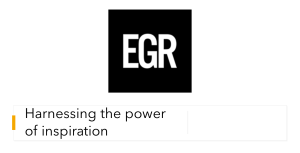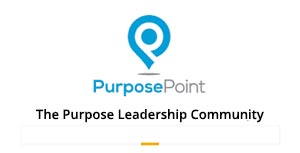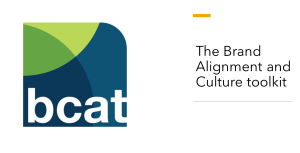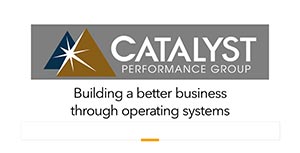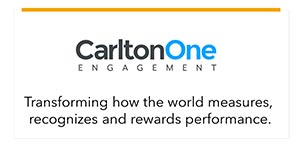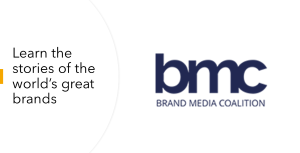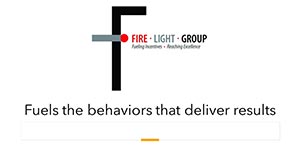Before Cutting or Stalling Incentive or Recognition, Does it Pay to First Assess Impact?
By Bruce Bolger
.jpeg)
With the hope that the current tariff-war induced disruptions are temporary, many organizations are still looking at every possible cost. A recent informal survey of CEOs conducted by the Wall Street Journal’s CEO Brief finds widespread plans to cut or put a hold on unessential costs.
As recently reported in ESM’s sister publication RRN on pay-for-performance business models in the world of incentive programs, companies that use open-ended sales and related incentive program structures have a much better way to gauge the impact of their engagement efforts than recognition efforts that focus on promoting behaviors and actions with a less clear measurement on the bottom line. This should not be construed as a failure to create value, but rather a failure of that field to more concretely measure value creation.
Under any circumstances, this is the right time for most organizations to revaluate their incentive and recognition programs to make sure they are creating tangible value, especially if your organization is looking for cost-cutting measures.
Many organizations spend hundreds of thousands if not millions of dollars on incentive and recognition programs often with no clear-cut metrics. Before abandoning or cutting back a program, or before launching a new one, it may make sense to objectively evaluate the impact of your decisions on the bottom line of your finances, performance, or culture.
 Here are some considerations based on the process used by Enterprise Engagement Alliance’s impact evaluation service, which helps organizations seeking independent performance metrics on the performance of their programs. (The service includes a complimentary, no obligation high level evaluation.)
Here are some considerations based on the process used by Enterprise Engagement Alliance’s impact evaluation service, which helps organizations seeking independent performance metrics on the performance of their programs. (The service includes a complimentary, no obligation high level evaluation.)What is the purpose, goals, objectives of the program? How specifically are results measured and what is the overall importance of these results to your team or the organization?
Impact on morale and output. What tangible effects would occur by putting a hold on the program under the current circumstances and how could those effects be mitigated?
Engagement metrics. What behaviors or outcomes are being affected by the current effort, such as evel of employee, customer, or distribution partner participation in the program; actions generated; achievement of specific goals, etc. Are these metrics tied specifically to organizational financial or other priorities?
Outcome and impact metrics assessment. Are there specific quality, productivity, turnover, referrals, human capital return on investment, human capital value-add, revenues or costs per employee, customer satisfaction, or other specific metrics being tracked or available for analysis? (Note, most of this data is often accessible even if not tracked as part of the engagement effort.)
Impact correlation. Do you correlate turnover, referrals, productivity, training, or other key factors with your incentive and recognition efforts? If not, that can usually be done with relative ease retroactively to uncover any potential unintended consequences of eliminating the effort.
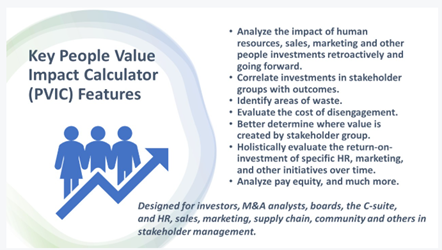 Culture process integration. To what extent is the effort essential to reinforcing collaboration, cross-functional cooperation and employee experiences conducive to accomplishment of critical goals.
Culture process integration. To what extent is the effort essential to reinforcing collaboration, cross-functional cooperation and employee experiences conducive to accomplishment of critical goals.To what extent does the impact align with organizational priorities. Does the effort provide tangible financial results or other impacts that align with current or long-term priorities? Would senior management miss the program?
Effective implementation. To what extent does design, deployment, and measurement align with practices that leverage current learning, communications, and other practices to engage people to maximize impact and minimize duplication of effort.
Rewards sourcing evaluation. In the case of programs using merchandise, travel, gift cards, digital or other solutions, including online catalogs, what is the source, business model, and service levels provided measured against effective practices. What is the points breakage model? What are the catalog capabilities in terms of searching and saving products for wish lists?
Engagement technologies. What are the capabilities of the front-end program management technologies in terms of features and return on investment analytics; what are the costs, features, and time lines measured against competitive opportunities.
The potential for engagement repurposing. With past evidence that an integrated effort that aligns the interests of relevant stakeholders toward a common purpose, one might look for cost-cutting or revenue enhancement opportunities worth an appropriate pivot from programs rewarding behaviors that would have occurred naturally in a productive working environment.
For More Information
Bruce Bolger, Founder
Enterprise Engagement Alliance
914-591-7600, ext. 230
Bolger@TheEEA.org






